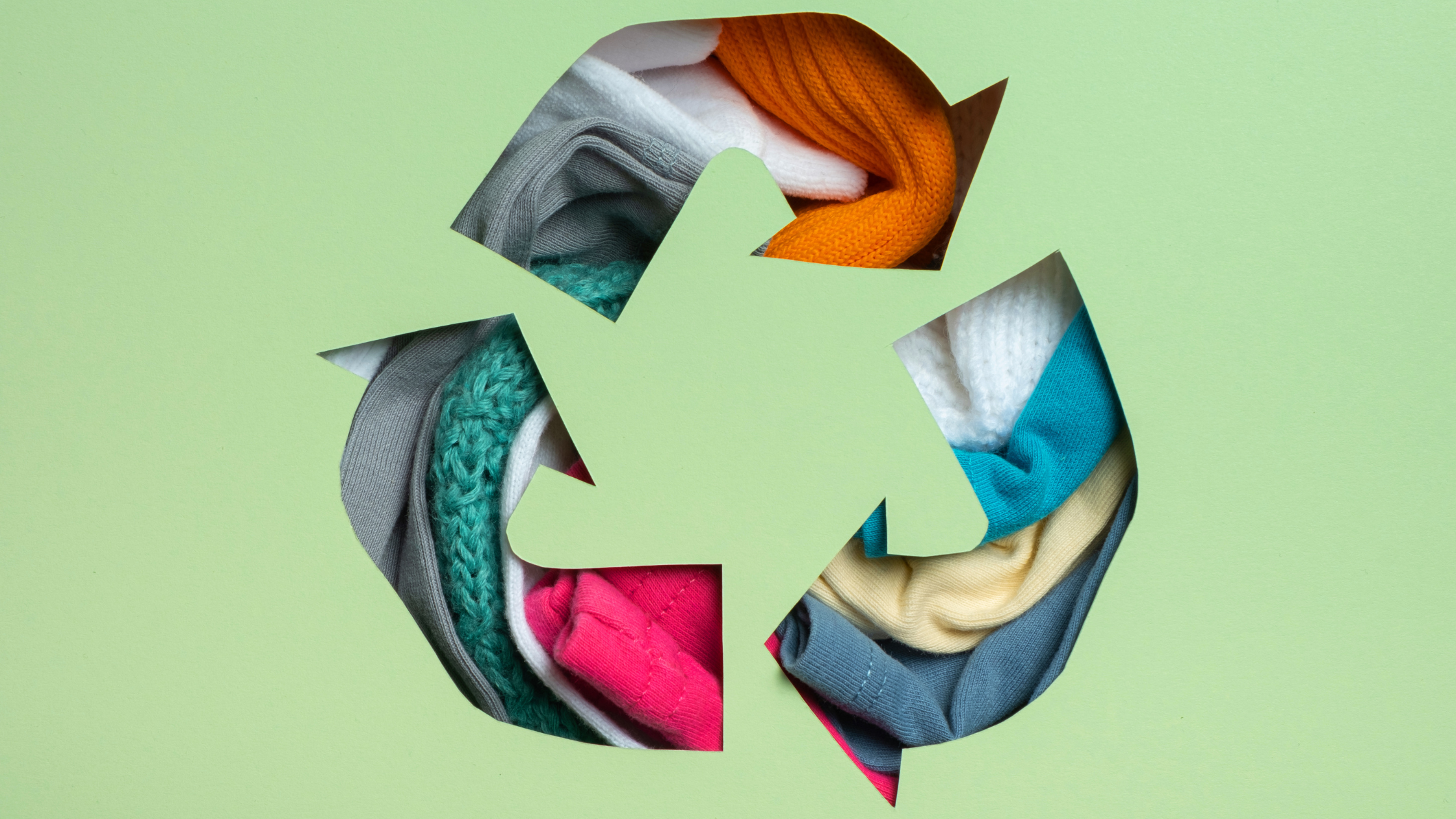In this new blog article we are going to explore the concept of circular fashion.
A theme to which we are very attached, as the word Shenty, a term with which the ancient Egyptians called the gray heron, means precisely: "Start of a new cycle"
CIRCULAR AND LINEAR FASHION THE DIFFERENCES
It is very difficult for consumers to understand the impact that the fashion industry has on the environment. When the average shopper is shopping at their favorite stores, they hardly think about the production method of the clothing they are buying. Misinformation and ignorance have been the prime cause that led to the development of linear fashion all these years.
But the time has come for all of us to reflect and embrace a different concept of fashion, namely the circular one.
So let's explore the difference between these two development models.
DEFINITION OF CIRCULAR FASHION
Clothing, shoes or accessories which are designed, manufactured, supplied and purchased with the intention of being used and circulated responsibly and effectively in society for as long as possible in their best shape, and then returned safely to the biosphere at the end of the own human use cycle.
In essence, circular fashion consists in reusing the resources that the industry already possesses, starting right from the design phase.
Let's think for example of a t-shirt. In our current linear fashion system, a designer would come up with his vision for a T-shirt, the production team would work to choose the right material, factories would mass-produce it, and retail stores would resell it to consumers.
The average consumer often considers this t-shirt as a disposable item and at the end of its life cycle it will probably end up in landfill, polluting the environment.
In the concept of circular fashion, on the other hand, each stage of the production of that t-shirt leads to its longevity and sustainability. Circular fashion designers need to consider the following:
-Is this item strong enough to last over time?
-How long can we imagine the consumer wearing it?
-Is your style timeless, or will it easily go out of style?
-When the production team procures the materials, are they sustainable? Can they be recycled or are they biodegradable?
-In the factories where these garments are produced, are the workers paid a fair wage and treated ethically?
-Do the factories contribute to the local pollution of the communities in which they reside?
-And once the product is finished, can it be recycled instead of thrown away?
LINEAR FASHION AND FAST FASHION
Currently, the majority of the fashion industry instead uses a linear approach, which means that each item of clothing that will be purchased will not have the right to a new life cycle but will be thrown into landfills and subsequently burned.
Over the last 20 years, all of this has led to irreparable damage to the environment, leading the fashion and textile sector to be among the major protagonists of global pollution.
Obviously Fast Fashion is the most striking example of linear fashion nowadays, and it is also the number 1 enemy for companies like ours that try every day to find sustainable solutions for their business.
Fast Fashion clothing makes the masses jealous, offering products with a trendy look at bargain prices, but with an average life cycle of less than a year. It is therefore a real aesthetic whim for consumers, who often buy not out of real need for that product, but out of an unhealthy psychology that leads them to unbridled shopping.
SHENTY: THE BEGINNING OF A NEW CYCLE
As pioneers of Slow Fashion, at Shenty we use a circular approach in the development of our products.
Starting from the development and design phase, in which we choose a timeless, basic or semi-basic style for most of the items, capable of resisting trend changes. On the other hand, when we develop more particular products, choosing graphics and prints that embrace different styles, we choose to produce them in limited editions, making very few pieces.
Obviously all the fabrics we use to make our products are sustainable and certified. 99% of our garments are made from GOTS organic cotton, which is biodegradable and recyclable. Recycled polyester (GRS certified) is also used in a small percentage for the production of sweatshirts, trousers and shorts.
Our goal is precisely to create exclusive garments that never go out of style, that can last over time, and that at the end of their life cycle can return to nature, through their biodegradability. Or alternatively they can be recycled, thus obtaining a renewed use.
Visit our shop and explore the catalog by clicking here.
